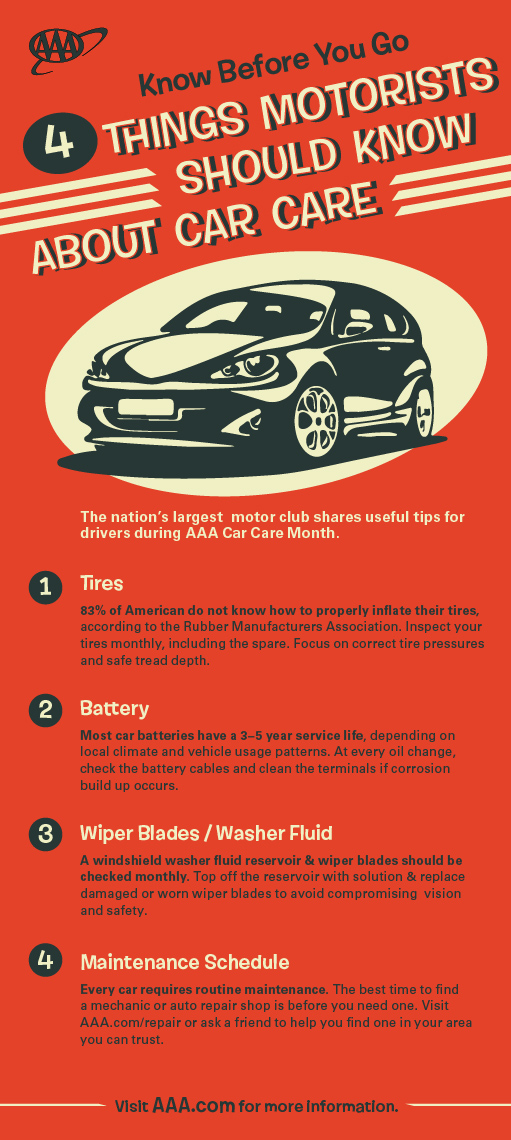Intend To Find Out More About The Caution Lights On Your Dashboard? Uncover What They Show Regarding Your Vehicle'S Health And Wellness
Intend To Find Out More About The Caution Lights On Your Dashboard? Uncover What They Show Regarding Your Vehicle'S Health And Wellness
Blog Article
Write-Up Writer-Lim Gilbert
When you're behind the wheel, those beautiful caution lights on your control panel can be a bit complicated. Do you know what they're attempting to tell you concerning your cars and truck's wellness? Recognizing the significance of these lights is essential for your safety and the longevity of your automobile. So, the following time one of those lights pops up, wouldn't you want to understand its message precisely and take the necessary actions to address it?
Common Warning Lighting and Interpretations
Determine common caution lights in your cars and truck and recognize their definitions to ensure secure driving.
The most common caution lights consist of the check engine light, which signifies issues with the engine or discharges system. If this light comes on, it's crucial to have your car inspected without delay.
The oil pressure alerting light suggests reduced oil stress, requiring immediate focus to prevent engine damage.
A flashing battery light could suggest a malfunctioning charging system, possibly leaving you stranded if not addressed.
https://cars.usnews.com/cars-trucks/cash-saving-car-maintenance tracking system (TPMS) light signals you to reduced tire stress, affecting car security and fuel effectiveness. Overlooking this could lead to unsafe driving problems.
The abdominal muscle light suggests a problem with the anti-lock braking system, compromising your ability to quit swiftly in emergency situations.
Last but not least, the coolant temperature cautioning light warns of engine getting too hot, which can cause severe damages if not fixed swiftly.
Recognizing these common caution lights will assist you attend to concerns without delay and preserve secure driving conditions.
Value of Prompt Attention
Understanding the common caution lights in your auto is just the primary step; the value of immediately resolving these warnings can not be emphasized sufficient to guarantee your security on the road.
When visit my homepage brightens on your dashboard, it's your cars and truck's way of communicating a prospective issue that needs focus. Overlooking high end detailing can bring about much more serious troubles down the road, jeopardizing your safety and security and possibly costing you much more out of commission.
Trigger focus to alerting lights can prevent malfunctions and crashes. For example, a flashing check engine light might suggest a misfire that, if left neglected, might trigger damages to the catalytic converter. Resolving this immediately can save you from an expensive fixing.
In a similar way, a brake system warning light could indicate reduced brake fluid or worn brake pads, essential components for your safety and security when driving.
DIY Troubleshooting Tips
If you observe a warning light on your control panel, there are a couple of do it yourself fixing pointers you can attempt prior to looking for professional aid.
The primary step is to consult your vehicle's guidebook to recognize what the certain caution light suggests. In some cases the issue can be as easy as a loosened gas cap activating the check engine light. Tightening up the gas cap may solve the issue.
Another common problem is a reduced battery, which can trigger different cautioning lights. Checking the battery links for rust and ensuring they're safe and secure could repair the issue.
If a warning light persists, you can try resetting it by detaching the automobile's battery for a few mins and afterwards reconnecting it. Additionally, checking your car's fluid levels, such as oil, coolant, and brake liquid, can help repair advising lights related to these systems.
Conclusion
Finally, recognizing your automobile's caution lights is vital for maintaining your automobile running efficiently and securely. By promptly dealing with these alerts and recognizing what they imply, you can prevent expensive repair services and potential failures.
Keep in mind to consult your car's guidebook for specific information on each warning light and take action accordingly to make certain a trouble-free driving experience.
Stay informed, stay secure when traveling!
